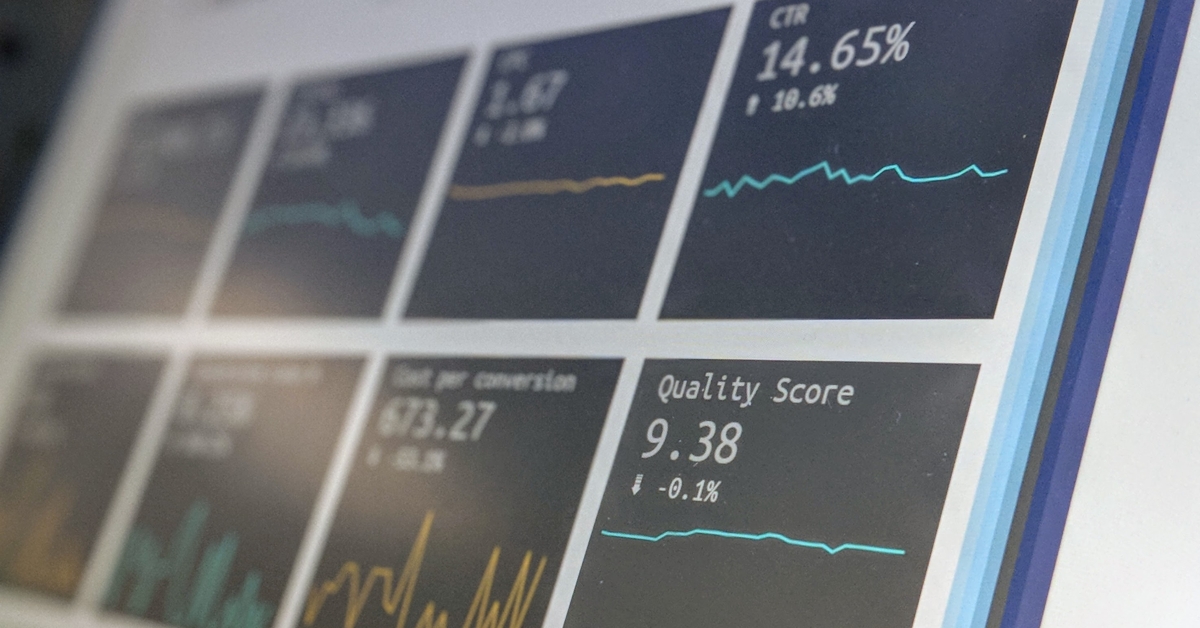A few simple tips, techniques and tools can improve buy-side collaboration within your firm, which might just be the key to increasing portfolio performance. By working together internally, investment professionals can surface insights faster, cut through the noise and create an edge in the investment selection process. However, historically institutional investment teams have seen little to no collaboration within their own firms. Why?
- Inbound research overload – Buy-side analysts are inundated with research all day, every day, from a variety of mediums, including email, phone calls, web results, newsletters and other research discovery tools. It feels impossible to figure out what research to read, let alone remember to share pertinent information with colleagues.
- Disparate research storage – Buy-side firms often grapple with storing internal and external research. Content stored in disparate locations – email folders, personal hard drives, shared drives, spreadsheets, paper files – makes it difficult to share between individuals and teams.
That being said, research shows that the right tools to speed collaboration give you an investment edge. The best ideas often don’t come from an individual but from groups of people challenging and questioning each other, riffing off of each other’s ideas, exchanging information and offering feedback. A study from Stanford found that participants “who were primed to act collaboratively stuck at their task 64% longer than their solitary peers, whilst also reporting higher engagement levels, lower fatigue levels and a higher success rate.” Managers, take note. Forbes reported on a similar study that found “companies that promoted collaborative working were 5 times as likely to be high performing.”
While you may want to keep your ideas close to the vest, imagine how much easier and potentially faster you could generate and hone your investment ideas if colleagues shared relevant research reports, analyst models and corporate access events with you. If they had a general idea of what you are working on, they could keep an eye and ear out for research and event opportunities that may provide you with a lot of value. Here are some examples of how to improve buy-side collaboration and positively impact portfolio performance.
Sharing Corporate Access Events with Colleagues
When you’re heading out to a corporate access or bespoke event, share it with your colleagues. See if there are any questions they’d like you to ask on their behalf or if there is a particular piece of information they are interested in discovering. Consider a corporate access calendar tool to help you not only view and share your calendar but also stay informed about upcoming events and easily request access.
Distributing Internal Investment Research
Although sharing external research with colleagues who are not entitled to receive it may be prohibited, internal research is a different matter. It’s particularly noteworthy as the Financial Times reported that “38 per cent of fund managers said they will expand their internal research teams,” and BlackRock’s chief executive shared with Reuters that BlackRock will spend more on internal research, asking “several providers to stop sending research they were not paying for…”
Productivity is often a major concern for the buy side given the high costs of operating these desks. The ability to easily leverage expertise within a firm can impact success, and there are far fewer compliance barriers than sharing external research. Fortunately, there are solutions to serve as your firm’s central knowledge base, including a research management solution to easily organize, analyze and share research. If your firm is impacted by MiFID II, it can be especially important and valuable to implement a research discovery and consumption platform, as centralizing where research is found and consumed can reduce inducement risks.
Discover the tools every buy-side analyst needs in 2018
Rethinking Interdepartmental Communication
A successful buy-side firm stays connected, with a tight cadence and open communication between teams – portfolio managers, analysts, associates, traders, quants, economists, risk managers, management, software developers. Some firms are encouraging increased dialogue and collaboration between portfolio managers and the trading desk, as the buy-side trader is becoming more helpful in generating alpha.
“Connectivity is particularly critical for hedge funds and other alternative investment management firms as they frequently use leverage, derivatives strategies, structured products and short positions and have more investment flexibility than traditional asset managers.” –FX-MM
Increasing Firm Performance
We strive to be the best at what we do, but keep in mind your success is only a piece of the firm’s success; if you’re the only one succeeding, the firm isn’t succeeding. Following that thought process, it’s easier to see why sharing your most effective tools can greatly impact the entire firm and its bottom line. If you find a great investment research platform with analyst models, consider sharing it with your fellow analysts.
Determining Sell-Side Value
There are formal methods of implementing collaboration tools to determine the value a sell-side firm is providing your firm and team. Using broker vote software can help teams quantify the value of brokers providing research reports, analyst models and corporate access events. This creates an efficient way for the broker liaison to work with the investment team to create a methodology for paying research providers.
Implementing these practices at your firm can improve buy-side collaboration and lead to higher rates of success among your investment team. 



